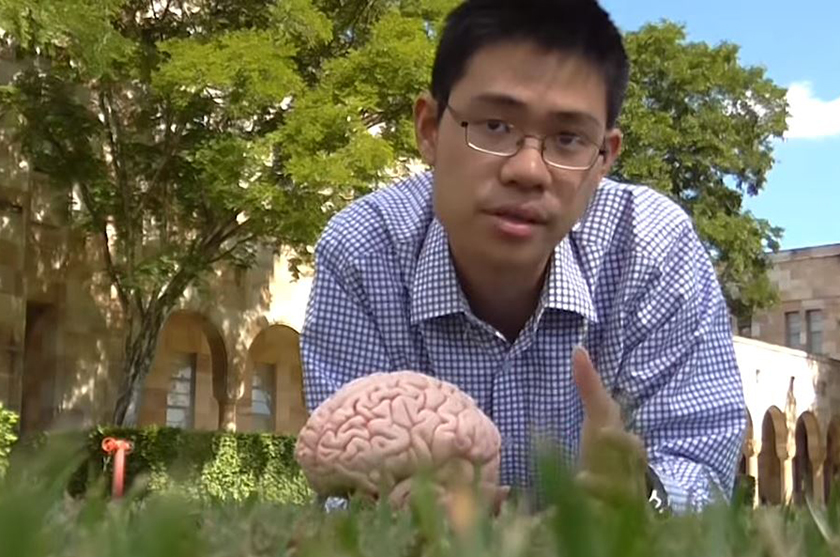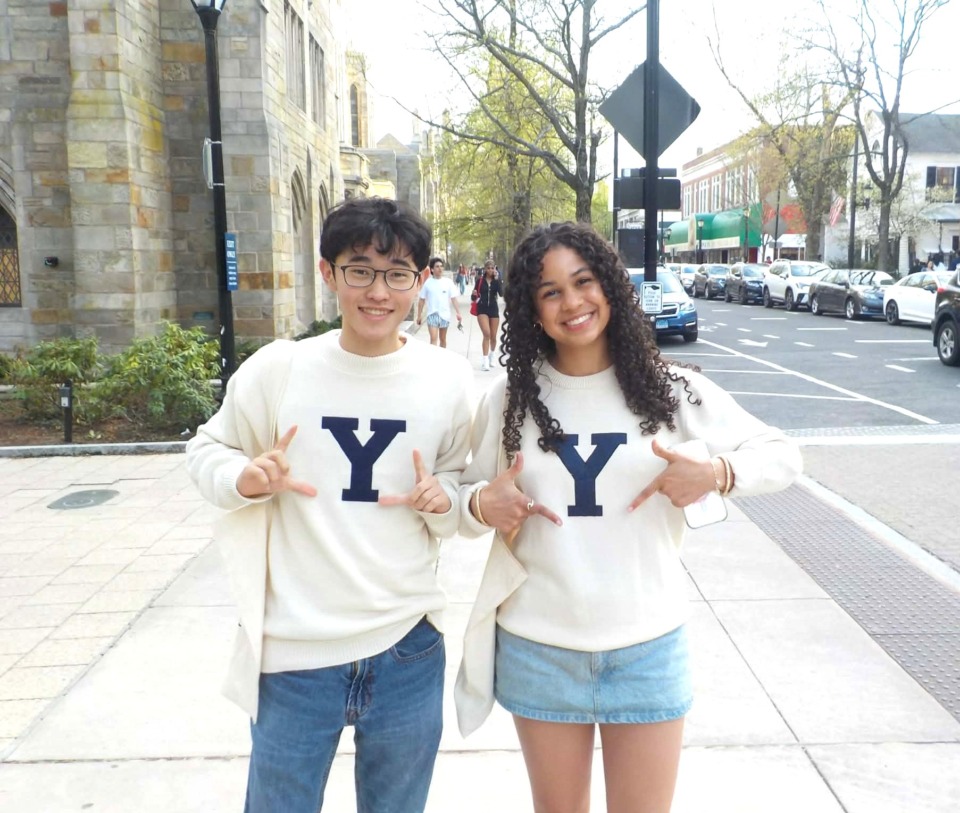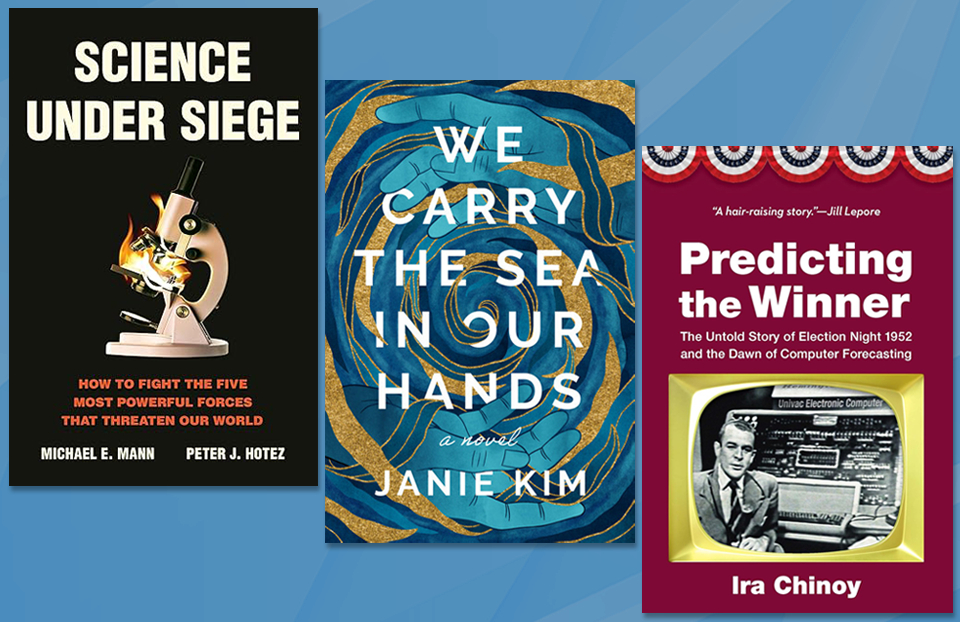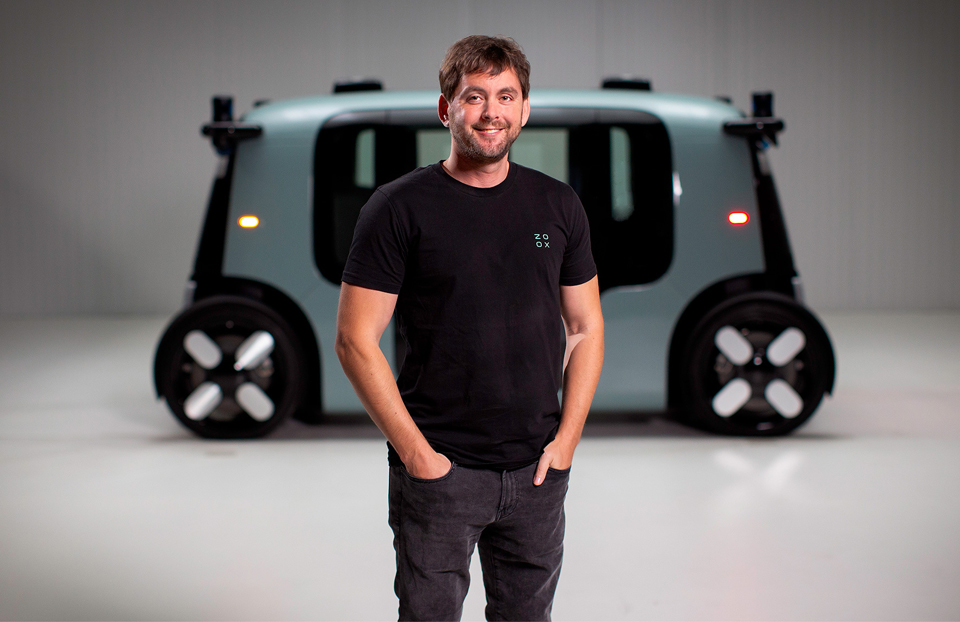Intel ISEF alum a Breakthrough Prize Junior Challenge finalist

Intel ISEF 2015 finalist Jackson Huang is a Breakthrough Junior Challenge Breakthrough Prize finalist. He created a video to explain phantom limb syndrome for the prize.
Jackson is currently on a gap year, and plans to study software engineering when he attends university.
Can you describe phantom limb syndrome? How did you become interested in studying this and Ramachadran’s theory?
Phantom limb syndrome is a bizarre condition that is commonly experienced by amputees. Those suffering from the disorder experience sensations in their amputated limb. Ramachandran’s theory explains that phantom limb sensation is caused by a combination of several important principles in neuroscience, including synaptic plasticity and somatotopy — the idea that certain areas of skin correspond to roughly defined areas of cortex in the brain. The theory suggests that surrounding neurons invade the unused ‘limb’ regions of the cortex, leading to phantom stimulation of the limb. I became interested in phantom limb syndrome when reading Neuroscience: Exploring the Brain. I was struck not just by how unintuitive and bizarre the condition seems, but even more so by the incredibly interesting theory that might explain this neurological phenomenon.
What does this recognition meant to you?
It’s a great feeling to be recognized for communicating important scientific knowledge in an engaging manner. Being named a finalist in the Breakthrough Junior Challenge has given me greater confidence to create fun and interesting science documentaries to share with the world.
You created a Breakthrough Junior Challenge video. What was the most fun part of creating this video? What was the most challenging part of describing phantom limb syndrome to viewers?
The most enjoyable part was drawing the cartoons and animating them with software. It was a time-consuming process, but I am in love with art as much as I am with science, so it was fun to do. The most challenging part of explaining a complex idea like phantom limb syndrome to a young audience was thinking about the right way to break the concept into digestible morsels of information — and without boring the audience! I ended up starting from the basics of somatosensation and worked my way into somatotopic organization and finally synaptic plasticity.
Do you have other STEM-related projects or goals that you’re pursuing?
I recently became interested in computer science and programming. I’ve been self-learning a lot about programming languages, algorithms and data structures — all of which have been extremely fun and challenging. I hope to apply my programming and computational skills to app development and scientific research, especially in the domains of climate change and neuroscience.
What was your most memorable experience at Intel ISEF?
My most memorable experience at ISEF was listening to Duolingo‘s founder Luis von Ahn’s inspiring speech about the democratization of language education. His speech made me really think about how I could contribute to the world through technology. On a side note, I began to learn German using Duolingo immediately after his speech. Danke, Luis!
Can you provide a short description of your Intel ISEF research project?
My ISEF research project investigated how popular heartburn drugs interfere and interact with each other. I found evidence for an existing hypothesis suggesting that aluminium hydroxide weakens calcium alginate gels, which implies that such a combination may be antagonistic. My research also provided preliminary findings suggesting that magnesium-containing antacids may be a better additive to calcium alginate gels.
Did your involvement in Intel ISEF influence you to pursue STEM or promote STEM to others?
ISEF was a truly inspiring experience. It has certainly opened my eyes to the possibilities of STEM to change the world for the better. Filmmaking has always been an interest of mine, and I hope to continue sharing important science to the world.
What is your advice to young people interested in science and math?
Explore. Try out all the different areas of science and mathematics that are available to you. You can only find what you are passionate about by trying as much as possible (not unlike eating at a buffet!).


